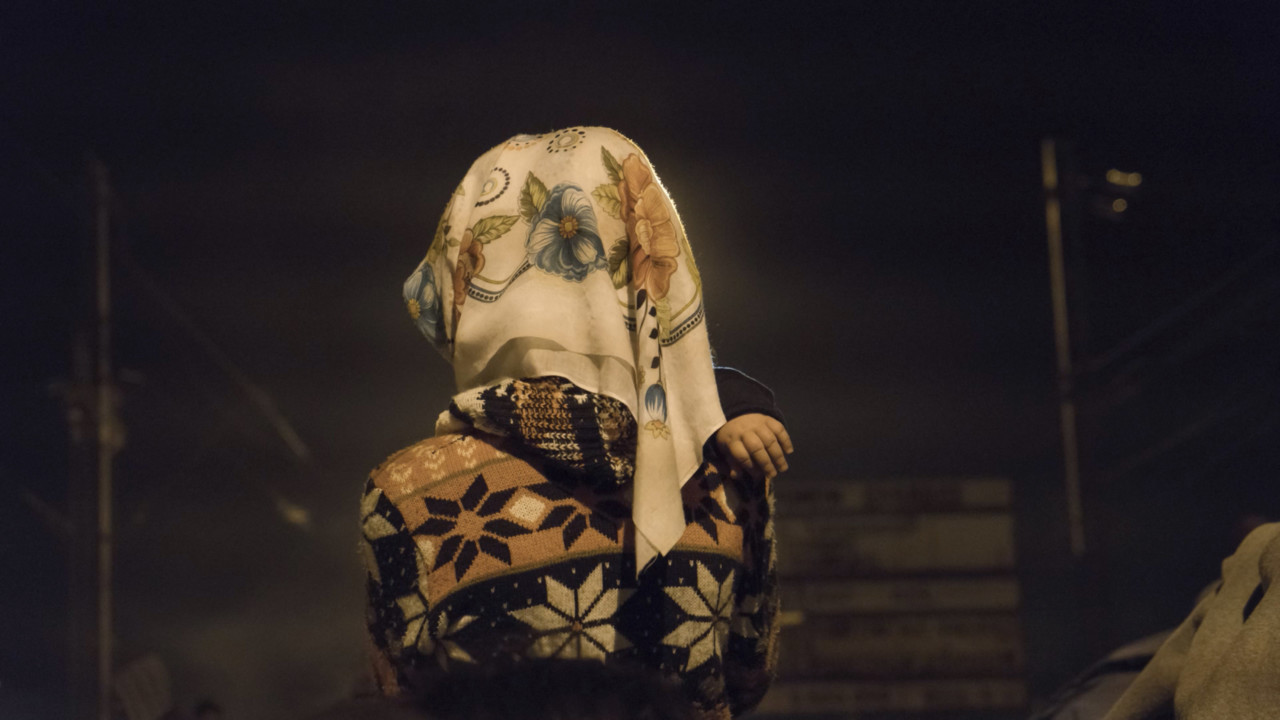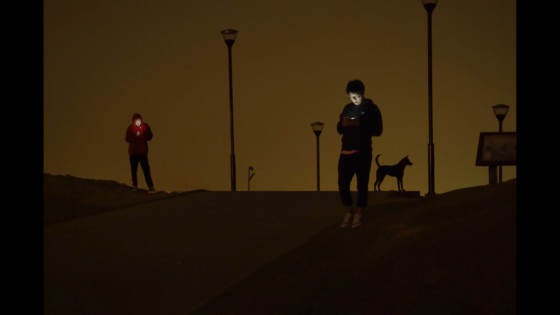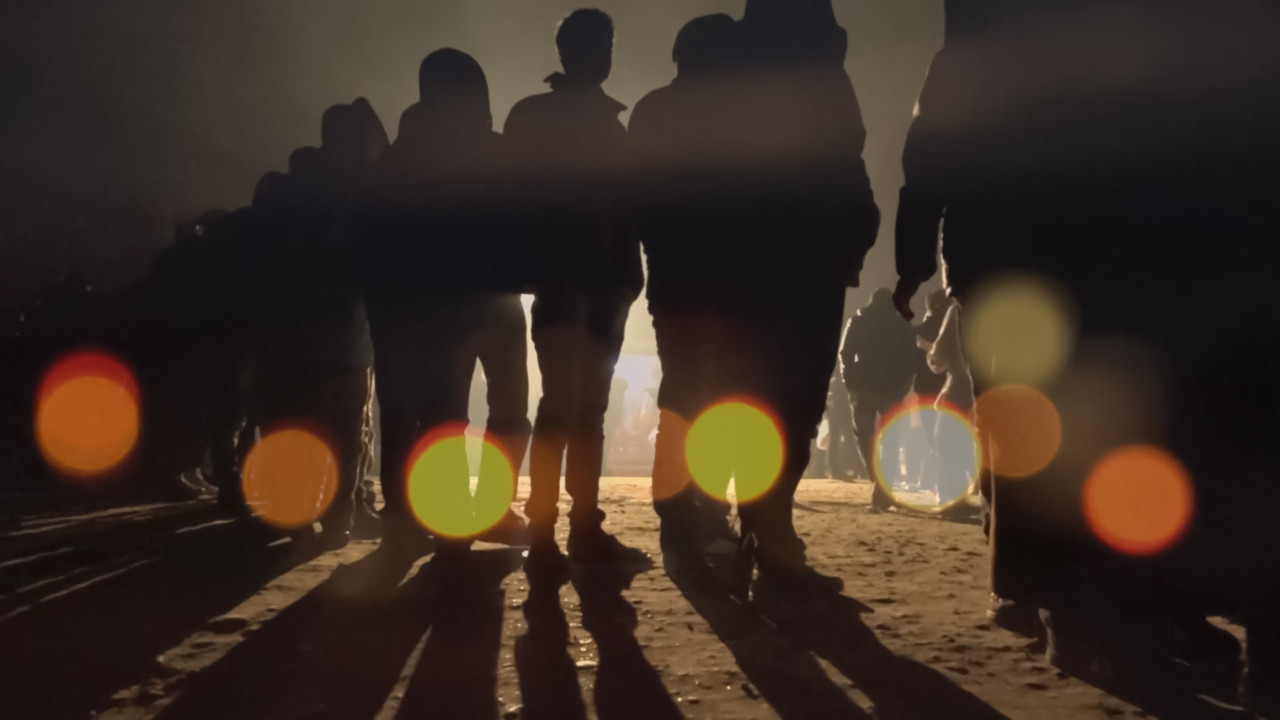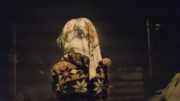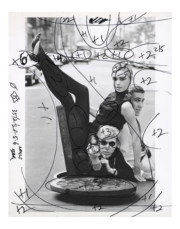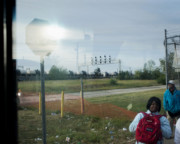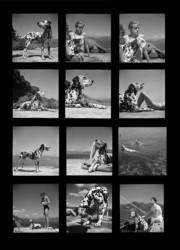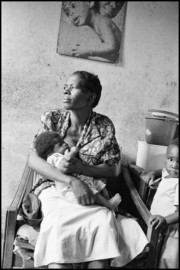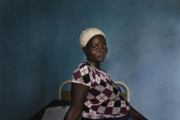Still Moving: Looking at Chien-Chi Chang’s Practice
Magnum artist Chien-Chi Chang discusses tapping into multimedia
spaces in his work
Transcending the photograph, Magnum artist Chien-Chi Chang has developed a multimedia practice that places his work firmly at the intersection of moving and still image. His piece Bongo Fever explored the HIV / AIDS epidemic in Tanzania in images and sound woven together in a tightly edited, and highly immersive, film format. Recently, his documentation of the refugee crisis in Europe took a turn for the personal. Here, in advance of an exceptional six-month mentorship program with the artist which starts in China later on this month, Chang opens up to Magnum about creating multimedia formats and his transition from still to moving image.
Magnum: What is the relationship between moving and still image in your practice?
Chien-Chi Chang: First of all, both moving and still images can be moving. Lately I have been using still images as a kind of punctuation, to stop or redirect viewers in the middle of a flow. At the beginning of a project, you have a vision for the end product, but you need to leave room for serendipity and surprises.
M: What can multimedia do that photography can’t?
CCC: The main thing that multimedia adds to a project is a soundscape. The final mixdown can accomplish a desired sonic balance between its various elements to correspond to the vision for the project. Video and photography can do a lot, yet without sound, the visuals will be handicapped.
M: Does linearity play a role in the stories you want to tell?
CCC: Linearity does not have to be linear. There does not have to be a single story line. You can have multiple story lines colliding with each other to tell a richer, fuller and more complex story.
"The main thing that multimedia adds to a project is a soundscape. "
- Chien-Chi Chang
M: What are the subjects that interest you most? How do you choose in which medium/how you will tell a story?
CCC: I have spent two thirds of my my life away from home. The subject that is nearest and dearest to my heart has always been the push-pull between being home and being on the road.
Sometimes a project requires a certain medium. I don’t always know what or how I am going to do until I am immersed in a situation. The problem is I have to carry a lot lot of gear!
M: What skills does a photographer need to move into film/multimedia?
CCC: For starters, one has to feel a deep necessity to express his or her story via film/multimedia. The essential skill set can be acquired in the course of this workshop and be personalized by experience.
M: What are you most proud of in regards to your multimedia work?
CCC: Bongo Fever (2011) was shown at MoMA last June. In this project, I was pushing the boundaries of both the visuals and the sound not only in the field production but also in the post-production but always with enough headroom for chance to find its way into the sequences during the video editing and sound mixing.
Among the video/multimedia works I have done in the past decade , I would also say Azma (2017) is closest to my heart. While documenting the European refugee crisis, I was confronted with my own family crisis in Austria. In postproduction, during the video and sound editing, I was trying to find my balance in a personally impossible situation. A filmmaker can shed tears in an editing room, but it is up to the viewers to sense the temperature of the tear.
Applications are now open for a unique, long-term mentorship held in Shenzhen, China and online from March to September 2018. Designed for curious and innovative photographers to push their personal and professional boundaries, this intensive, creative educational experience offers expert project development support by celebrated Magnum photographer Chien-Chi Chang over a six month period. Chien-Chi Chang is a master of narrative photography and a contemporary artist working with moving images and sound art. He has published four photographic books, 16 videos, and three museum solo-show catalogs.
Since 2016, the Daken Art Organization, representing the Shenzhen International Urban Images Festival, has collaborated with Magnum Photos on a variety of projects, including the “Contact Sheets” exhibition, “Robert Capa Retrospective,” Asia’s first “Magnum Live Lab” residency, and a successful series of “Magnum Workshops” in China.
More information and applications found here.


